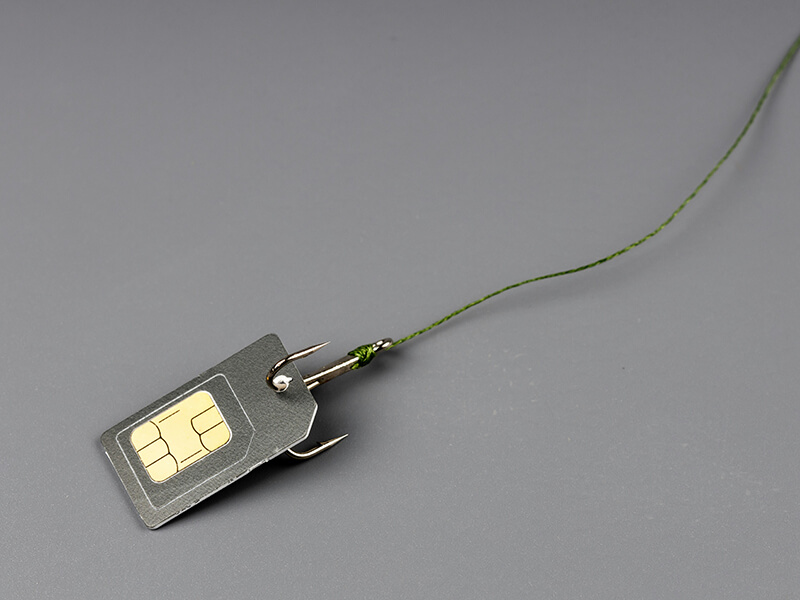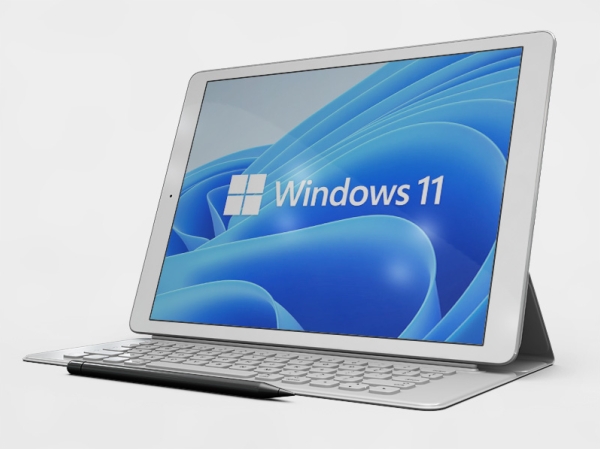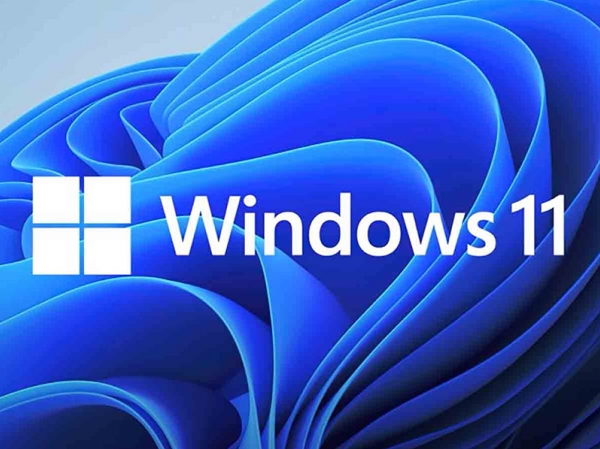Powerful and invisible, eSIMs are revolutionizing mobile connectivity. No slots, no plastic, no borders—this embedded chip brings connection from within the device.
You can’t see it, but you can feel the comfort and freedom it brings. eSIMs allow users to switch networks or countries with just a code. In a world moving at full speed, this technology is here to simplify and transform.
Introduction to eSIMs
To understand what eSIMs are, the first thing to know is that they require no space or hands—they're virtual. Integrated directly into the device, they simply wait for a code to begin working. There’s no need to wait for mail or handle a physical card carefully.
They work just like physical SIMs, but everything is digital: a code replaces the plastic chip and saves time. More and more devices support them, and their magic lies in making it effortless to switch networks or travel across borders.
Advantages of eSIMs Compared to Traditional SIMs
Saying goodbye to plastic is just the beginning. eSIMs make devices more secure since they are harder to clone—and therefore harder to steal. They also help reduce tons of plastic and electronic waste each year.
However, their biggest advantage is flexibility: switching carriers or using a network in another country takes just minutes. With eSIMs, connectivity adapts to your life—not the other way around.

Photo by Jakob on Pexels.com
How to Activate an eSIM
Activating an eSIM requires a compatible device and a provider that offers the service—which not all do, although this is changing rapidly. Once both conditions are met, all you need is a code: scan a QR or enter the number provided by the carrier, and you're connected.
The eSIM Landscape in Spain
Major mobile carriers in Spain—including Movistar, Orange, Vodafone, and Yoigo—already offer eSIM services to their customers.
In fact, in 2023, eSIM usage in Spain increased by 109% compared to the previous year, clearly showing that this is far from a passing trend.
The latest devices from Apple, Samsung, and Xiaomi are compatible with eSIM, and the trend suggests that eventually all smartphones will support them—just like all devices may soon support 6G technology.
eSIM Adoption and Trends
In 2024,

















